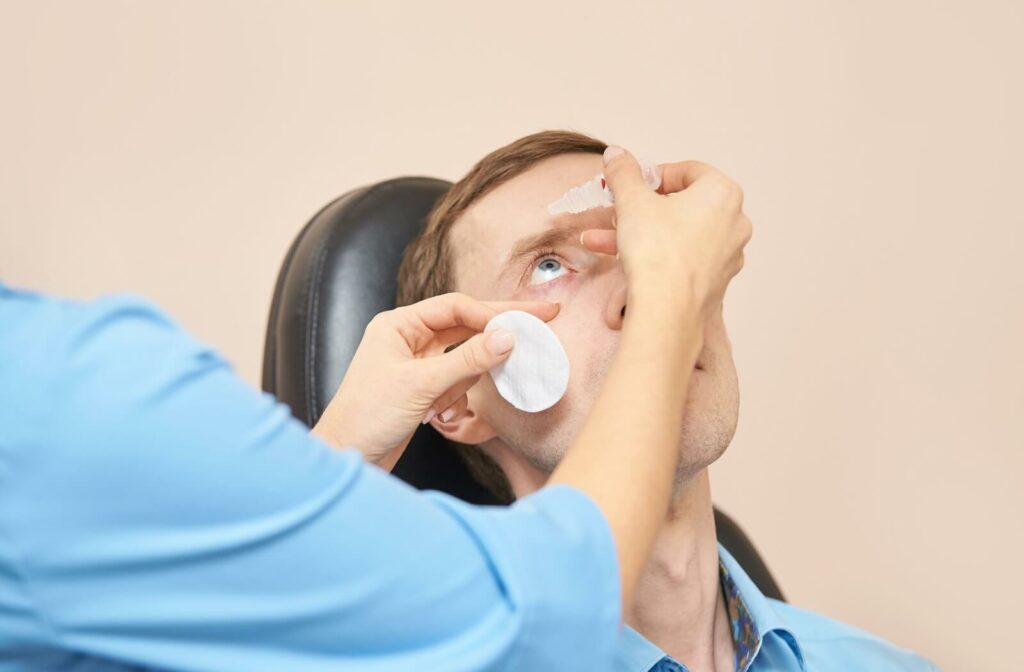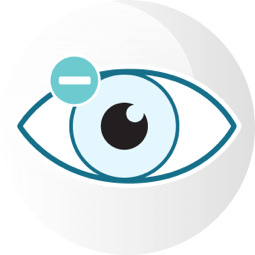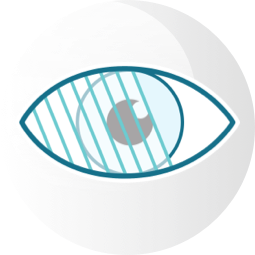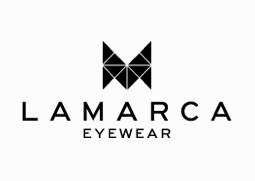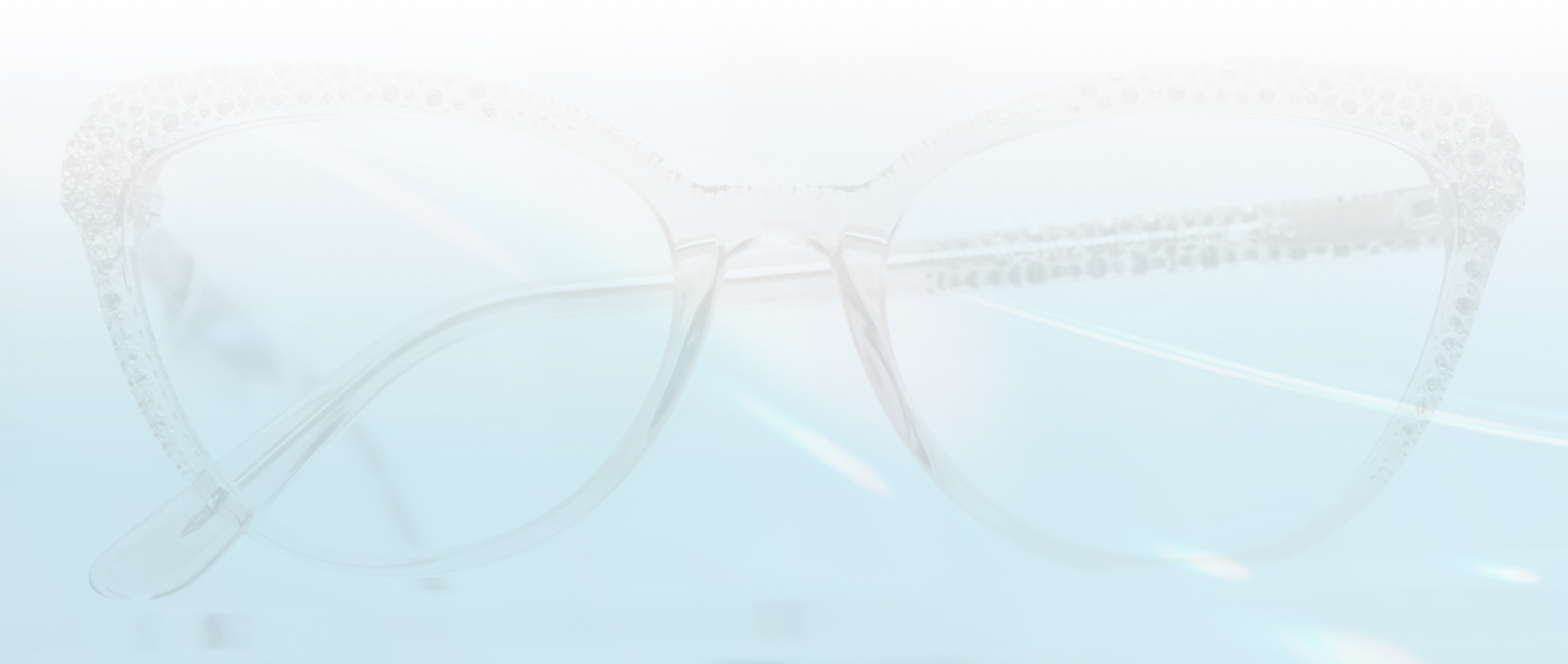Dry eye disease is a common condition that affects millions of Americans. Despite its prevalence, many individuals are undiagnosed and struggle with the discomfort of dry eyes in daily life.
An eye exam, including a slit lamp test, Schirmer’s test, and tear break up time test conducted by your eye doctor can diagnose dry eye disease. You can then receive personalized treatment based on the severity of your dry eye and the underlying cause for symptom relief.
Introduction to Dry Eye Disease
Dry eye disease, also known as dry eye syndrome or dry eye, occurs when your eyes do not produce enough tears or tears evaporate too quickly because of an unstable or poor-quality tear film.
Without sufficient tears or quality tears, dry eyes can lead to inflammation, increased tear evaporation, and damage to the eye’s surface or the cornea. Dry eye disease can significantly impact daily activities such as reading, driving, and using digital devices.
Causes of Dry Eye Disease
Dry eye can affect anyone, but it is more common in older adults. Other causes of dry eye disease include:
- Environmental factors
- Certain medications
- Underlying health conditions
- Laser eye surgery
- Prolonged screen use
Dry Eye Disease Symptoms
Recognizing the symptoms of dry eye disease is the first step toward seeking help. Common dry eye symptoms include:
- Gritty or scratchy sensation
- Redness
- Sensitivity to light
- Blurry vision
- Burning or stinging feeling
How Is Dry Eye Disease Diagnosed?
Once you suspect dry eye disease, visiting your eye doctor is essential for an accurate diagnosis. Diagnosing dry eye disease involves an eye exam and several tests to assess the severity and underlying causes of dry eye.
Slit Lamp Test
The slit lamp test involves shining a light into your eye to look at the structure of your eyelids. With the help of a microscope, your eye doctor can see if your eyes are making enough tears.
Tear Breakup Time (TBUT)
Tears comprise 3 layers: oil, water, and mucus. These layers lubricate the eyes, protect the eyes, prevent tear evaporation, and help tears stick to the eye surface. The tear breakup time test measures the time it takes for tears to evaporate from the eye surface.
A dye is applied to the eye, and then your eye doctor observes how quickly the tear film covers your eye and how long it lasts. A shorter breakup time indicates dry eye.
Schirmer’s Test
Schirmer’s test measures tear production. In this test, a small strip of filter paper is placed under the lower eyelid, and the amount of moisture absorbed by the paper indicates tear production levels. Low tear production is a sign of dry eye.
Importance of Professional Diagnosis
Seeking a professional diagnosis is crucial for several reasons. First, your eye doctor can accurately determine the severity of your dry eye and identify any underlying causes. This information is necessary for developing an effective treatment plan tailored to your specific needs. Self-diagnosing or ignoring dry eye symptoms can lead to worsening conditions and complications.
Treatment Options for Dry Eye Disease
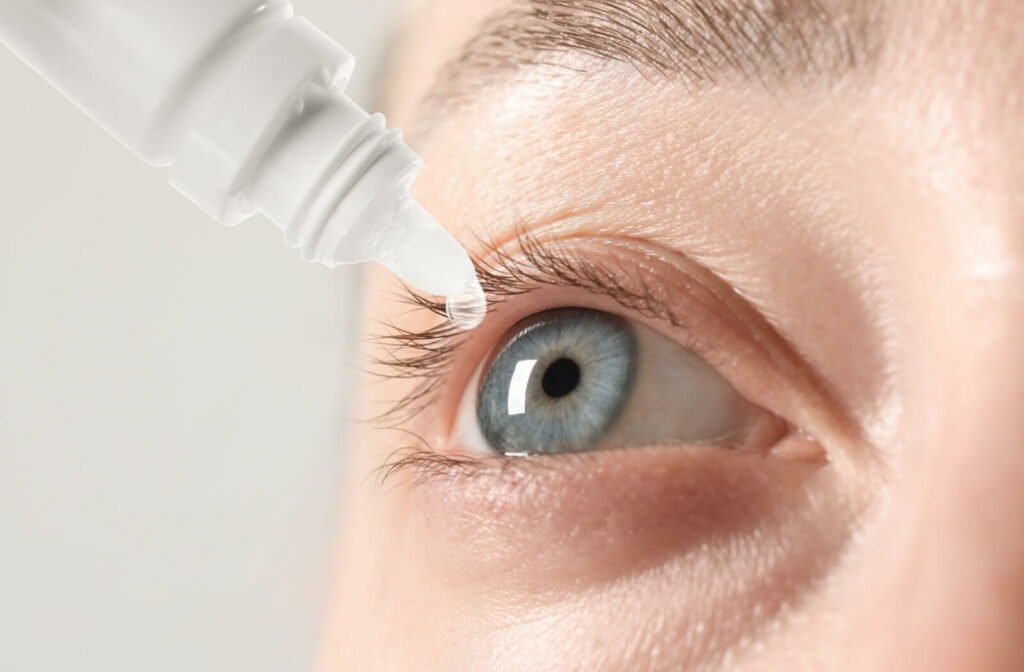
A dry eye disease does not have to be overwhelming. Understanding the next steps can help you manage the condition effectively. Several treatment options are available for dry eye disease, depending on the severity and underlying causes.
Artificial Tears
Artificial tears or over-the-counter eye drops are a common short-term treatment option for dry eye disease. These eye drops mimic natural tears, providing immediate relief from symptoms such as irritation and dryness. Preservative-free eye drops can help prevent more irritation.
Prescription Eye Drops
In addition to artificial tears, prescription eye drops can provide longer-lasting relief for those with severe dry eye disease. Examples of prescription eye drops include RESTASIS eye drops and Xiidra eye drops, which reduce inflammation and help with natural tear production.
Punctal Plugs
Punctal plugs are tiny devices inserted in the corner of the eye at the tear duct opening to prevent tears from draining and keep the eyes lubricated for longer.
Intense Pulsed Light
Intense pulsed light (IPL) is a gentle, non-invasive procedure that uses heat to treat dry eye disease caused by meibomian gland dysfunction (MGD). The meibomian glands secrete the oil in tears. Blocked meibomian glands can affect tear quality and lead to dry eye disease.
Dry Eye Vitamins
Dry eye vitamins with omega-3 can treat dry eye disease by helping maintain a healthy tear film.
Lifestyle Adjustments
Simple lifestyle adjustments can also alleviate dry eye symptoms. These include taking breaks from digital screens, using a humidifier, wearing sunglasses outdoors, and staying hydrated. Avoiding smoke and wind can also help reduce irritation from dry eyes.
The First Step to Symptom Relief & Eye Health
Dry eye disease can significantly impact your daily life, but with a timely diagnosis and proper management, you can reduce symptoms and improve your eye health. Regular check-ups with your eye doctor also help monitor your condition and adjust your treatment plan.If you suspect you have dry eye disease or are experiencing symptoms, book an appointment with McCauley Celin Eyecare Associates.


